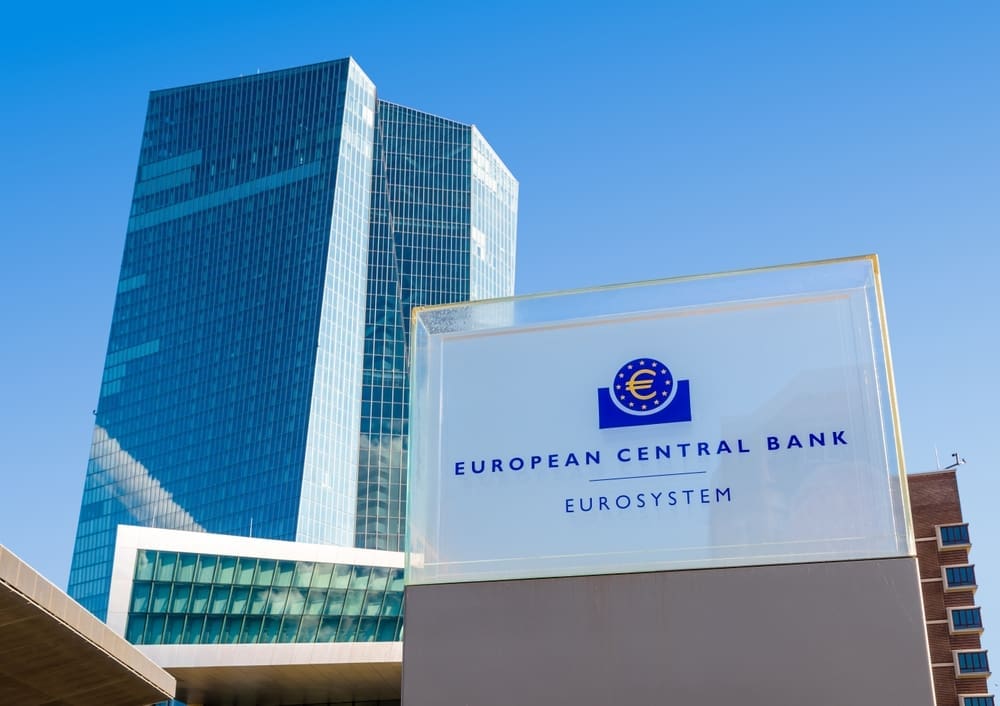The European Central Bank (ECB) lowered its key interest rate to 2.25% from the previous 2.5% on Thursday, in a strategic move as President Donald Trump’s tariffs cast a shadow over the region’s economic outlook. This adjustment influences borrowing costs across the 20 countries that utilize the euro.
Anticipated by many, this decision marks the seventh rate reduction over the past year, signaling the ECB’s ongoing efforts to bolster economic stability amidst global trade tensions. As the situation evolves, further updates will be provided.
Understanding the Impact
For individuals and businesses within the eurozone, the ECB’s rate cut could stimulate more favorable borrowing conditions. Lower interest rates typically encourage spending and investment by reducing the cost of loans, potentially leading to economic growth. However, it may also mean that savers will see lower returns on savings accounts, affecting personal finances.
On a broader scale, the rate cut is a response to uncertainties brought on by international trade policies, including tariffs. It underscores the interconnectedness of global economies and the importance of adaptive monetary policies in maintaining economic resilience.







